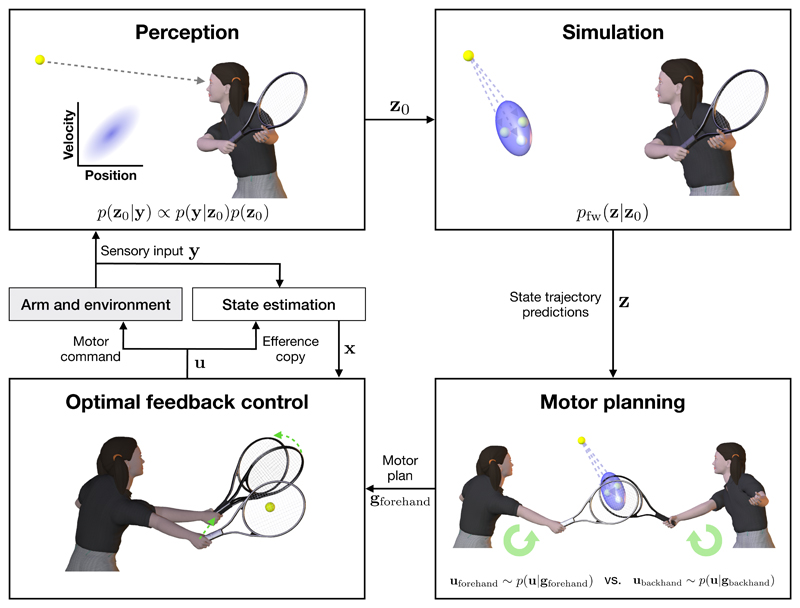Figure 1. The roles of internal models in sensorimotor control.
Perception. Sensory input y is used to estimate the ball’s state z0 which is uncertain due to noise along the sensory pathway and the inability to directly observe the full state of the ball (e.g. its spin and velocity). Bayes rule is used to calculate the posterior (an example of a posterior over one component of position and velocity shown in inset). Simulation. An internal dynamical model pfw simulates the forward trajectory z of the ball. At short timescales, this internal modeling is necessary to overcome delays in sensory processing, while at longer timescales, the predictive distribution pfw(z|z0) of the ball’s trajectory can be used for planning. Motor planning. Internal simulation of the ball’s trajectory along with prospective movements are evaluated in order to generate an action plan. The player may have to decide between re-orienting their body in order to play a forehand or backhand. Optimal feedback control. Once a motor plan has been specified, motor commands u are generated by an optimal feedback controller which uses a state estimator to combine sensory feedback and forward sensory predictions (based on an efference copy of the motor command) in order to correct motor errors online in task-relevant dimensions (green arrows).

